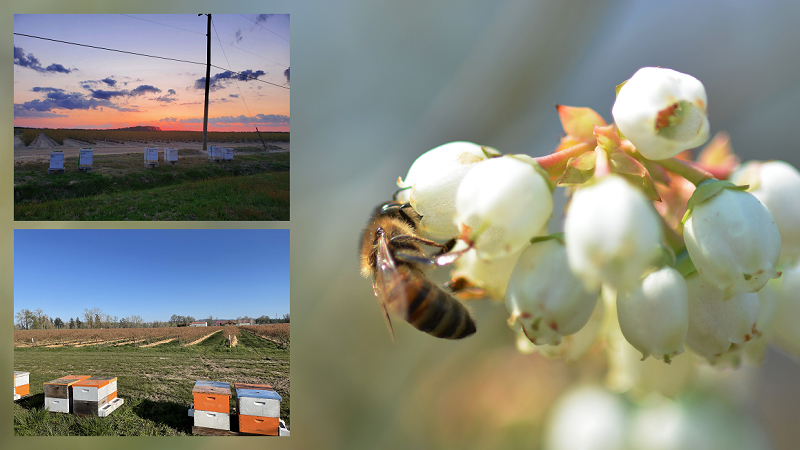Seed Industry Is Breeding A Win-Win For Farmers, Consumers [Opinion]

Frank Giles
During the conference, much of the action occurs in a large meeting room where participating companies have a table to conduct their business. The room was large and full of tables. Think of speed dating for seed people. Representatives from various breeders and distributors move from table to table meeting with partners or potential partners to do business for the coming year. A 30-minute meeting — and bang — it is off to the next table for the next discussion.
I had the opportunity to sit down with several major suppliers and distributors for bang-bang 30-minute meetings. It was a great way to get a sense of trends in the seed business from the people on the front lines.
One thing I gathered is the seed industry is preparing to lean forward on its importance in the drive to feed the growing world population with healthy produce. ASTA’s tag line says it all: “First-the seed.” Everything starts here, and it was encouraging to see so much talk of innovation and staying ahead of growers’ and consumers’ needs during the conference.
While all the agronomic traits like yield and disease packages remain high in breeding efforts, I heard over and over again about the growing emphasis on consumer preferences in varieties of the future. Taste, appearance, and produce sizes all are in the mix in bringing new varieties forward. There are new watermelon varieties developed to have longer shelflife in fresh cut clamshells. Why? Because, consumers like the option of smaller servings of pre-cut watermelons.
Seed companies are using more advanced techniques to select traits that are a win for growers and a win for consumers. Marker-assisted breeding already has brought new varieties to growers and promise to bring much more in the future.
This type of breeding is a process where the selection of positive genetic traits can be isolated much more quickly. Think of a marker as a gene tag, which allows breeders to sort through thousands of plant lines and speed up the “wait and see” method in traditional breeding programs.
What is important to note with this technology is this is not the creation of GMO crops. The technique is only identifying traits already present in the plants naturally.
But, because marker-assisted breeding uses advanced science to develop better plants, there are some concerns the anti-GMO crowd could jump on this practice as well. And, the fact that some of the world’s leading ag companies are innovating this technology could raise their anti-corporate dander.
The people at ASTA see this potential and are working with their seed company members to be proactive in this regard by building an educational program to inform the public and refute any potential critics about the important contributions this technology will yield. Good for them.
The consumer demands better-tasting, more nutritious, and prettier produce. The farmer wants more yield, disease resistance, and better quality. Marker-assisted breeding is bringing all of these things to market in a faster and more efficient way.
It is a win-win and we should marvel at the technology, which has made it possible.










